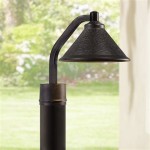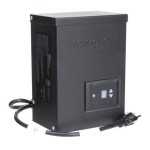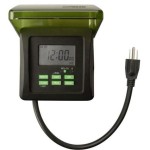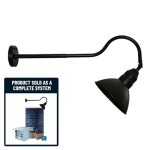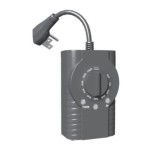Which Oil Is Best For Outdoor Furniture
Outdoor furniture endures harsh weather conditions, from scorching sun and torrential rain to freezing temperatures. Protecting these investments requires regular maintenance, and applying oil is a crucial step in preserving their beauty and longevity. Choosing the right oil, however, can be a daunting task given the variety of options available. This article explores the best oil choices for outdoor furniture based on wood type and desired finish.
Teak Oil: A Classic Choice for Teak Wood
Teak oil is a popular choice for teak furniture due to its ability to enhance the wood's natural golden-brown color. It penetrates deeply into the wood fibers, providing excellent water resistance and protection against rot and mildew. While often called "teak oil," commercially available products are typically a blend of linseed oil, tung oil, and mineral spirits. Pure tung oil or linseed oil can also be used on teak, but the blended "teak oil" offers a convenient, pre-mixed solution.
Linseed Oil: A Traditional Protective Finish
Linseed oil, derived from flax seeds, is a time-tested wood finish known for its durability and water repellency. It penetrates the wood, creating a protective barrier against the elements. Raw linseed oil takes longer to dry than boiled linseed oil, which has been treated to accelerate the drying process. However, boiled linseed oil can darken the wood more significantly than raw linseed oil. Linseed oil is suitable for various wood types, including cedar, pine, and redwood.
Tung Oil: A Durable and Water-Resistant Option
Tung oil, extracted from the nuts of the tung tree, offers superior water resistance and durability compared to other oils. It creates a hard, protective film that resists cracking and peeling. Tung oil is a good choice for outdoor furniture exposed to frequent rain or humidity. It can be used on a variety of woods, including hardwoods and softwoods.
Danish Oil: A Blend for Enhanced Protection
Danish oil is a blend of oil and varnish that provides a more durable and water-resistant finish than oil alone. It typically contains tung oil or polymerized linseed oil, along with varnish and thinners. Danish oil penetrates the wood while also creating a protective surface film. This makes it suitable for outdoor furniture exposed to moderate weather conditions. It is important to note that the varnish component can make the wood more susceptible to scratching.
Considerations for Choosing the Right Oil
Selecting the right oil depends on the type of wood and the desired finish. For dense hardwoods like teak and cedar, oils that penetrate the wood, such as teak oil, tung oil, or linseed oil, are excellent choices. For softer woods like pine, a more durable finish like Danish oil might be preferable. Consider the level of exposure to the elements. For furniture in harsh environments, tung oil or a blended oil with added UV protection is recommended.
Applying Oil to Outdoor Furniture
Proper application is crucial for maximizing the oil's effectiveness. Before applying any oil, ensure the furniture is clean and dry. Use a brush, rag, or sprayer to apply a thin, even coat of oil, following the wood grain. Allow the oil to penetrate for the recommended time, typically 20-30 minutes. Wipe off any excess oil with a clean cloth to prevent a sticky residue. Multiple coats may be necessary, allowing ample drying time between each application.
Maintaining Oiled Outdoor Furniture
Regular maintenance is essential to preserve the beauty and longevity of oiled outdoor furniture. Clean the furniture regularly with mild soap and water. Reapply oil as needed, typically once or twice a year, or when the wood appears dry or faded. This will help maintain the wood's water resistance and protect it from the elements. Inspect the furniture regularly for any signs of damage or wear, and address them promptly to prevent further deterioration. By choosing the right oil and following proper maintenance practices, you can ensure your outdoor furniture remains beautiful and functional for years to come.
Dealing with Mold and Mildew
Mold and mildew can be a common problem for outdoor furniture, especially in humid climates. Regular cleaning and application of oil can help prevent these issues. However, if mold or mildew does appear, a solution of bleach and water can be used to clean the affected areas. Always test the solution on an inconspicuous area first to ensure it doesn't damage the wood's finish. After cleaning, allow the furniture to dry thoroughly before reapplying oil.

What S The Best Oil To Treat Wooden Garden Furniture

What Are The Best Oils For Wood Furniture

What S The Best Outdoor Finish Wood

What Are The Best Oils For Wood Furniture

Traditional Wood Oils 3 Of The Best Finishes Direct

Teak Oil The Best For Garden Furniture And Outdoor Wood

Wood Oils A No Nonsense Guide Rawlins Paints Blog

Best Teak Oil Ronseal Cuprinol And Bartoline Reviewed Compared Shetland S Garden Tool Box

How To Oil Outdoor Furniture 7 Easy Steps

Woodwork Forums

